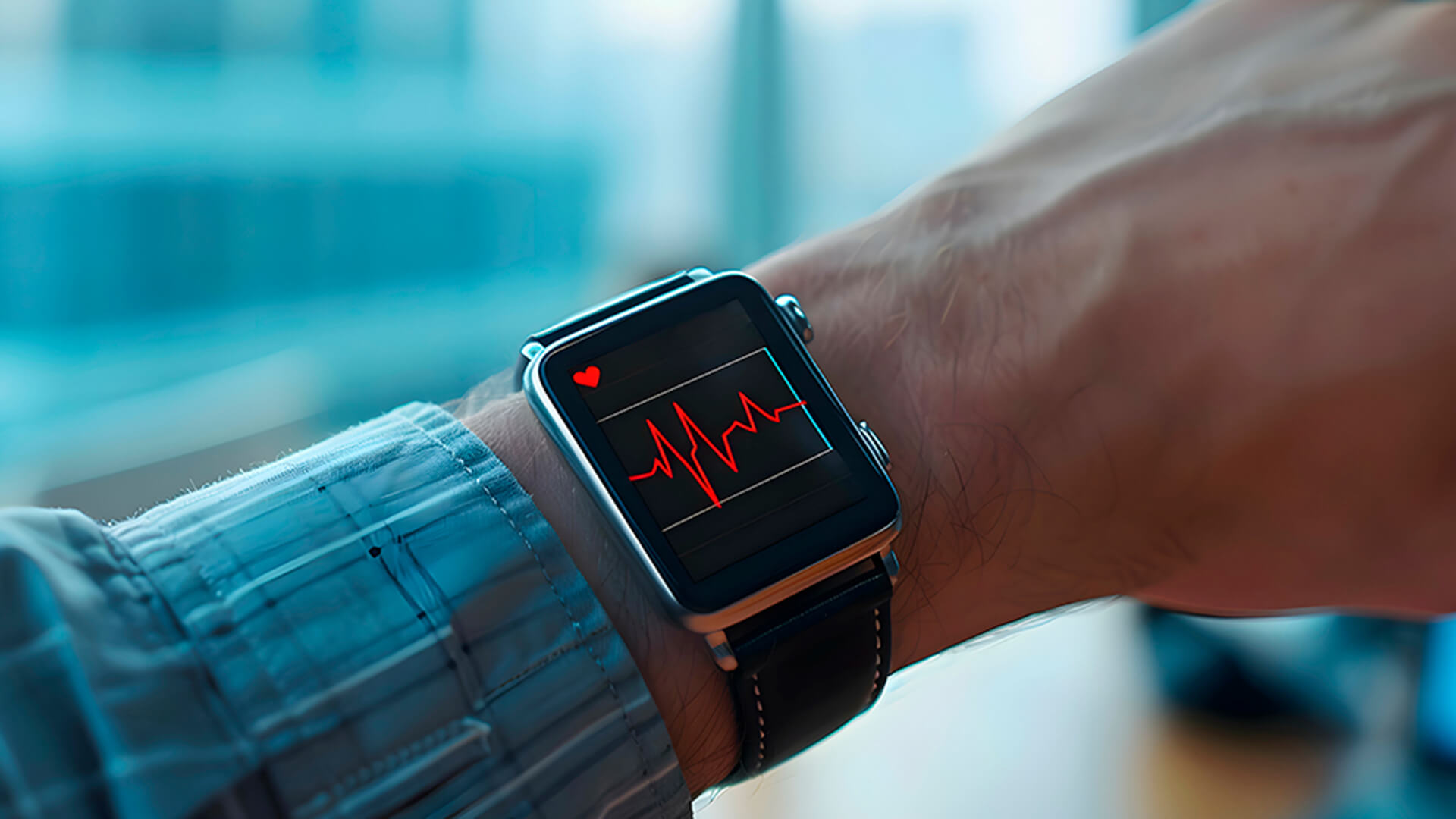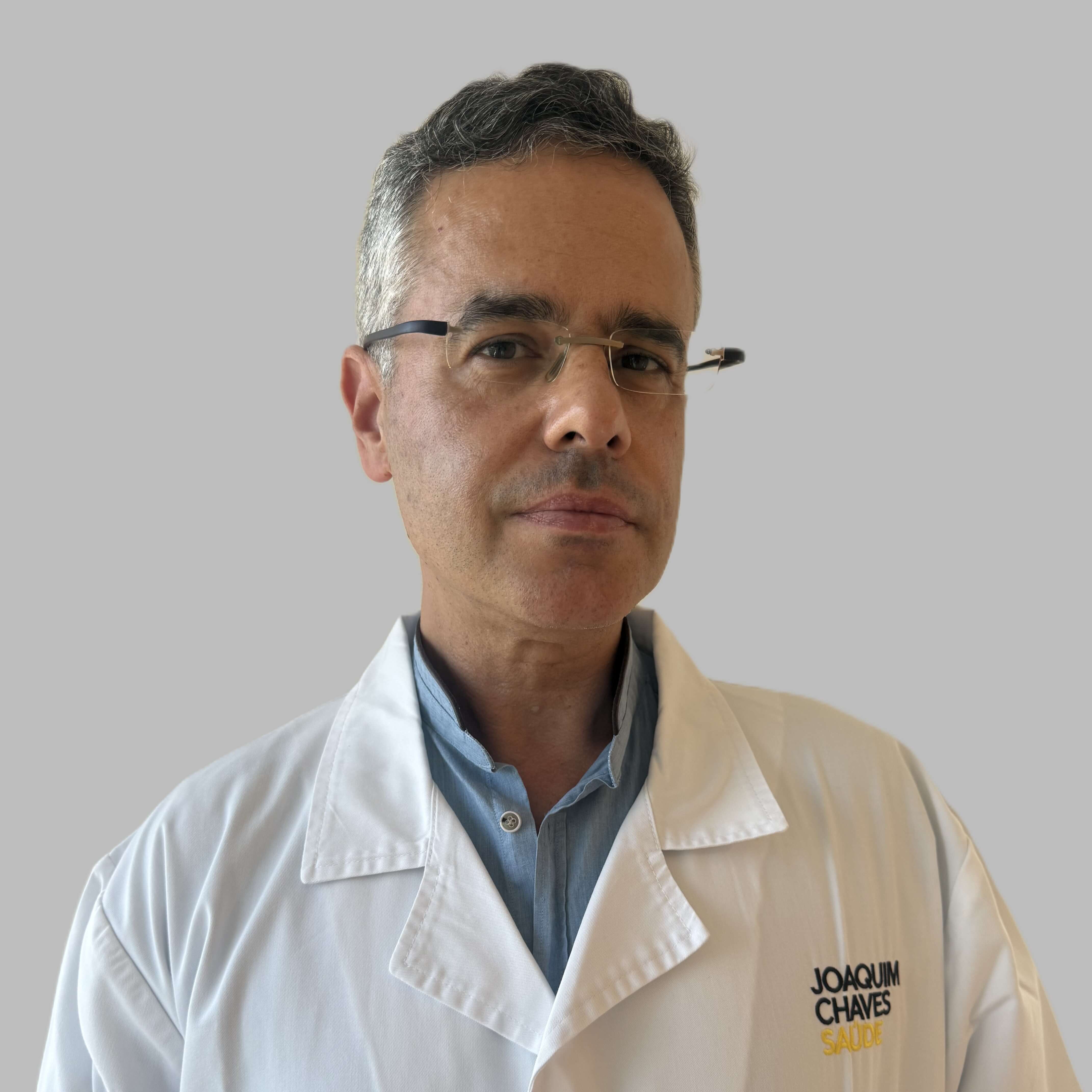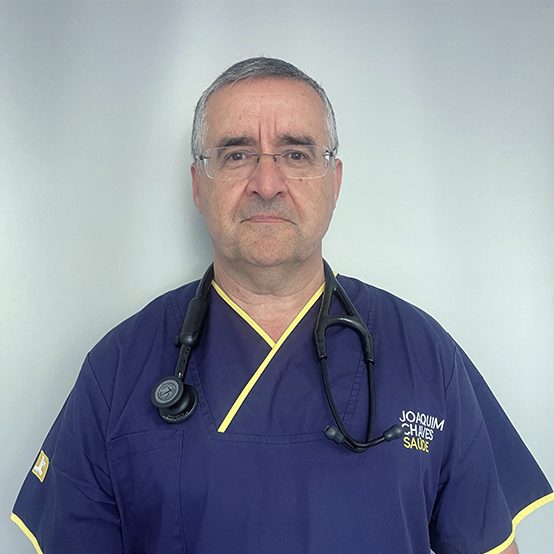Arrhythmias are more common that we think, and they can go unnoticed. Find out the symptoms and discover how to protect your heart.
No one knows exactly how many Portuguese people live with arrhythmias. The precise number is unknown even to the experts, but one thing is certain: they are common and more frequent as age advances. One of the most common arrhythmias is atrial fibrillation, which may affect up to 200.000 people in Portugal alone. A silent problem, but with real impact, this condition can go unnoticed until it’s too late. Find out what arrhythmia means, as well as the symptoms, treatment and prevention.
What are arrhythmias?
We use the word arrhythmia when we identify a change in the rhythm of a heartbeat. Sometimes the heart can beat too quickly (tachycardia) or too slowly (bradycardia), in a regular or irregular pattern. This is a change in the heart’s natural rhythm.
However, there is not always cause for alarm. Sometimes, it’s simply a response to stress, too much caffeine or a bad night’s sleep. However, in other cases, it may indicate more serious heart problems. Identifying the cause and assessing the severity of cardiac arrhythmia is essential to ensure an accurate diagnosis and, if necessary, the right treatment.
What are the types of arrhythmias?
Arrhythmias can be divided into different types, depending on their origin and the effect on the heart rhythm. Some are benign and asymptomatic, while others may pose a serious health risk.
1. Sinus Arrhythmia
Sinus arrhythmia is characterised by a natural variation in heart rhythm, often associated with breathing. For example, when inhaling, the heartbeat tends to increase slightly, while it decreases when we exhale. This variation is normal, especially in healthy young people, and it does not indicate any heart problem. Indeed, it is the body’s normal physiological response.
2. Ventricular extrasystoles (premature ventricular contractions)
Extrasystoles are extra or premature heartbeats that cause the sensation of a skipped or paused heartbeat. These can originate in the upper chambers (atria) — supraventricular extrasystoles — or lower chambers (ventricles) — ventricular extrasystoles.
These arrhythmias are common, even in people with heart disease, and in most cases have no relevant clinical significance. However, in certain situations, especially when they occur frequently or in certain clinical contexts, they may predict the development of more complex arrhythmias and require medical supervision.
3. Supraventricular tachycardia (SVT)
In this cardiac arrhythmia, the heartbeat increases suddenly, originating in the atria. SVT can cause palpitations, dizziness and shortness of breath. Although it can be uncomfortable, this condition is not always serious.
4. Atrial fibrillation (AF)
This is one of the most common arrhythmias. Atrial fibrillation occurs when the heartbeat is uncoordinated and irregular. This can lead to less efficient blood circulation and increase the risk of clots forming inside the heart which, if released, can cause embolisms, such as stroke (brain embolism).
5. Atrial flutter
This type of cardiac arrhythmia is similar to atrial fibrillation, but with a more orderly and predictable rhythm. Nevertheless, it can still compromise blood circulation and require treatment to avoid complications.
6. Ventricular tachycardia (VT)
In this case, fast and abnormal heartbeats begin in the ventricles. If sustained, this condition can be dangerous, as it prevents the heart from pumping blood effectively to the rest of the body.
7. Ventricular fibrillation (VF)
This is one of the most serious arrhythmias. The ventricles completely lose their rhythm and stop pumping blood. This arrhythmia causes cardiac arrest within minutes and, if not treated immediately with CPR and defibrillation, leads to sudden death.
8. Bradycardia
The heart beats too slowly, which can cause fatigue, dizziness and even fainting. Although this may be common in healthy individuals (for example during sleep) and athletes, it can also result from heart problems or side effects from certain medication.
9. Sinus node dysfunction
In this disorder, the sinus node, which acts as the heart’s "natural pacemaker", is unable to maintain a stable rhythm. As a result, the rhythm alternates between very slow heartbeats and episodes of tachycardia.
10. Heart blocks
Interference in the transmission of electrical impulses that control the heart rhythm can cause a slower or irregular heartbeat. Depending on the severity, heart blocks can be innocent or lead to the need to implant a pacemaker.




